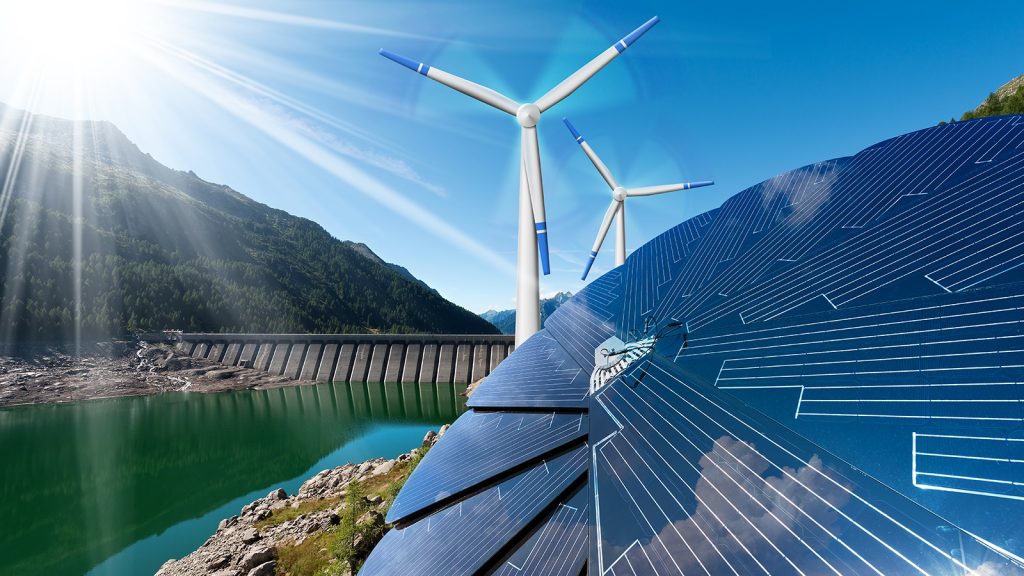A Dam Good Idea to Transition to Renewable Energy
By Robert J. Kriss, C2ST Editor
We know how to generate electricity from solar and wind energy, but we haven’t figured out how to provide electricity at night or on cloudy or calm days relying solely on renewable energy. Some politicians and environmental activists talk like we can and should take all nuclear power plants and fossil-fuel plants off-line immediately. That just isn’t possible yet. The pace of change must quicken, but we can’t lose sight of the fact that we have a ways to go to develop the technology necessary to save our planet. For anyone interested in curbing global warming, the focus should be on how to promote the development of new technologies to keep the lights, heat and air-conditioning on all the time.
In an earlier posting, I described the collaboration between scientists at Argonne National Laboratories and private industry who are developing better batteries to store electricity generated by solar cells and wind and water turbines. This “partnering” model for research and development is working well. The national labs and universities do what they do best (basic research, development of research tools for everyone to use) and private industry does what it does best (commercial development and implementation of technology). In the process, the scientists and business people who make and implement the breakthroughs will be financially rewarded. Batteries will be as big as plastics and computer chips were in the past. We don’t want all the talented kids to gravitate toward high speed trading or consumer apps. We need more Elon Musks to make life better for everyone.

Along these lines, there is another project at Argonne that illustrates the “Outside-the-Box” thinking that is necessary to solve the sustainable energy puzzle. Scientists are taking a new look at dams and hydroelectric power to fill the gaps that are inevitable with solar and wind energy. Water reservoirs can store kinetic energy which can be released into electric grids when necessary. Even people living far from a body of water may benefit to the extent that electricity transmission technology can be enhanced. This initiative is further described here.
Slogans may helpful in getting people’s attention, but funding science and science education and providing the right financial incentives to attract talented people to the field will be necessary to solve the problem.